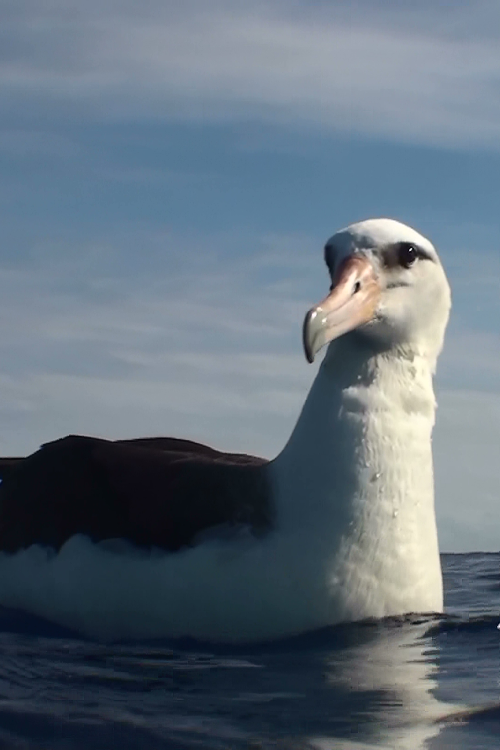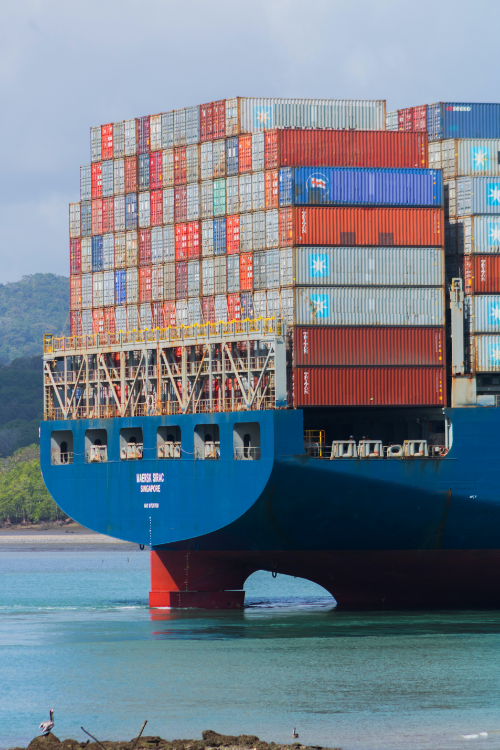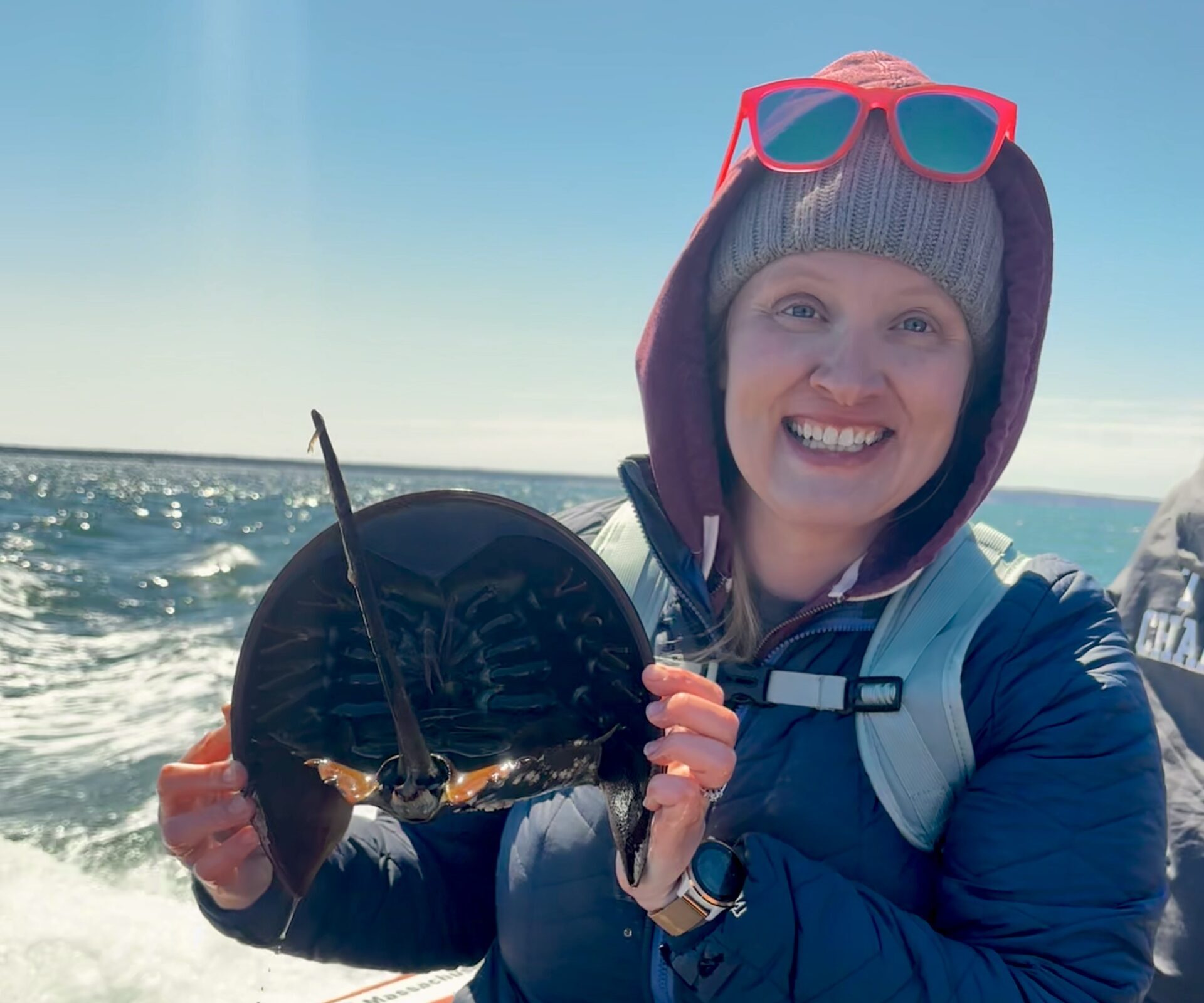
Standards Alignment Guide
Photo credit: Algalita
This guide will outline our suggestions for how to use a few of our resources to teach about the following Next Generation Science Standards* Performance Expectation:
MS-PS 1-3 Gather and make sense of info to describe that synthetic materials come from natural resources and impact society.
Grades 6 to 8
Time Needed Approximately 3 – 4 hours
* The Next Generation Science Standards (NGSS) are K–12 science content standards used in school districts across the US.
Overview
Plastic pollution is a global environmental and societal issue. Plastics are a group of synthetic materials produced primarily from fossil fuels – a natural resource – through chemical reactions called polymerization.
Humans have come to rely on plastics for many uses within the food packaging industry, medical industry, recreation, clothing industry, automobile and construction industries because they are so durable, versatile, and affordable. They have had an immense impact on society completely changing the way we live, eat, build, and interact with the world.
At the same time, plastics of all forms have accumulated throughout our environment because most plastics do not biodegrade. Scientists are beginning to find out that plastic production, use, and disposal also impact human health in a variety of ways.
In contemporary English, the word “plastic” is used to refer to a group of synthetic polymers.
These man-made materials have a vast range of chemical properties, characteristics, and uses.
Engage
Video: Take a Swim in the Plastic Soup
This video contains footage of an area of the North Pacific Ocean where plastic pollution has accumulated. Ocean currents and wind patterns concentrate floating plastic debris in regions of every ocean. This video shows a first-person view of the region often referred to as the Great Pacific Garbage Patch.
The video is accompanied by an excerpt from our expediton crew’s logbook on the day the video was captured. We’ve also included journaling ideas to help students process what they see in the video.
Explore
The following three resources provide content from multiple sources that students can explore to investigate how synthetic polymers are produced using natural resources and how they impact society and our environment. You can use these resources as guided activities or for a self-guided learning experience, provide their components as a set of sources for students to navigate and analyze on their own.
Investigation Kit: Synthetic Sand (30-60 minutes; optional 2 hr fieldtrip version)
This out-of-the-box teaching kit is free for public school educators. Using their senses, students investigate beach sand to identify synthetic and natural materials. Using their data, they measure plastic pollution levels and describe human impacts on coastal ecosystem health. This investigation kit has students mimic research done by scientists across the globe who study microplastics in our environment.
All materials, editable handouts, and background information are included.
Lesson: How and Where are Plastics Made? (30 minutes)
This lesson is built around a digital, interactive map which was created with Geographic Information System (GIS) technology. The map shows the stages and example locations of plastic production in the United States.
Geography and GIS technologies are becoming very important tools in data science because complex systems often include spatial patterns. The map in this lesson was produced by FracTracker Alliance, a respected non-profit that gathers, maps, and analyzes fossil fuel extraction and petrochemical production data. The map, created specifically for Algalita’s Wayfinder Society program, presents one example of a production pathway for plastic production. Our hope is that the map helps students understand the scale of plastic production, and the real impacts that it has on communities in the United States.
Students can explore the map and use the Student Workbook to help them discover and make sense of the information in the interactive map. Along with the map, we’ve included an explanatory video created by TED Ed describing the process of hydraulic fracturing used to extract natural gas.
Lesson: Plastic Pollution Sources and Sinks (30 minutes)
This resource is built off a set of image cards that portray the ways in which plastics enter, exist in, and impact the natural environment. Most of the images include a short text explanation.
These cards can be used as evidence for how synthetic polymers impact our society, with the understanding that humans rely on a healthy natural ecosystem for our survival.
We suggest that students work together in small groups to assess 1-3 images and come up with a question that they have about the image or its implications to later discuss as a class.
Evaluating the Sources
The main skill students should develop through this standard, as described in the evidence statement, is to obtain and evaluate information.
As students explore the above sources, they should evaluate the credibility, accuracy, and possible bias of the sources. Here are some questions for students to use to evaluate our sources and any others they access based on the NGSS Practice guide and Evidence Statement:
- Was this source relevant for determining whether “synthetic materials, via chemical reactions, come from natural resources”?
- Was this source relevant for determining “the effects of the production and use of synthetic resources on society”?
- What does this source present as evidence, and what does it claim based on the evidence?
- How was the information in the source collected? What methods were used?
- What observations were presented in the source? Where there any inferences made from those observations?
- Is this source credible? Why or why not?
- Is this source subject to bias? How?
- These sources present information in a variety of ways including: images, samples, models, graphs, videos, texts and more. How have these different ways of presenting information helped you to synthesize (combine) the information in these sources to make sense of the way synthetic materials come from natural resources and impact society?
Explain
At this point in the lesson, students have explored multiple sources that provide evidence for how synthetic polymer are produced and how they impact the environment. Next, we’ll focus on the connection to plastic we experience in our own lives.
Synthetic polymers are used in almost every part of our society. Each and every industry that supplies the products we use, is reliant on plastics somewhere in their operations. Walk the aisle of any store (except a plastic-free store!) and find plastics lining every shelf, and wrapped around most products. Our homes, automobiles, and closets are filled with plastics too. The have completely changed the ways that we live, and even influenced our culture.
According to Capt. Charles Moore, synthetic polymers, sometimes called the solid phase of petroleum, are the lubricant of globalization. “They are the threads of fast fashion, the enablers of fast food and processed food, and the foundation of our obsession with disposability.”
Lesson: Synthetic or Natural? (45 min)
In this activity, Synthetic or Natural?, students conduct a scavenger hunt to collect an assortment of items that they will then sort into categories, synthetic or natural, conducting research to identify the materials and processes used to produce those items.
This activity will involve deep discussion about the definition of a synthetic material. Humans have invented many processes to transform natural materials into synthetic ones with various levels of alteration and processing. From plastics to concrete, paper, glass, and steel, humans have reconstituted nature’s resources differently than any other living thing. Over millions of years, plants and animals have evolved to create materials like inorganic limestone shells, and organic polymers like wool, silk, cellulose, and chitin, which can be recycled by nature. In the thousands of years of human civilization, humans have come up with ways to take many of those natural resources and alter them in ways that nature cannot reuse, creating trash and disrupting the connected cycles that govern the planet.
Elaborate
Lesson: The Problem with Plastics (30 min)
In this activity, students are asked to brainstorm and then discuss the benefits and consequences of synthetic polymers on society.
This final activity will require that students synthesize all the information that they have learned so far together to summarize how synthetic polymers (plastics) impact society in positive and negative ways.
For a robust discussion, you can simulate a Socratic debate on the question: “Have plastics improved human society?”
Extend
Plastics will likely remain an important material in our world. However, we need to find ways to use it more responsibly to protect the health of human communities and the natural environment that we depend on. We will require a broad range of solutions at the policy level, across industries, and importantly within our communities.
Wayfinder Society for Environmental Education has curated a collection of actions that students across the US and around the world can lead in their homes, schools, and communities. Students can create a Wayfinder Society account to track their contributions to the solutions.









